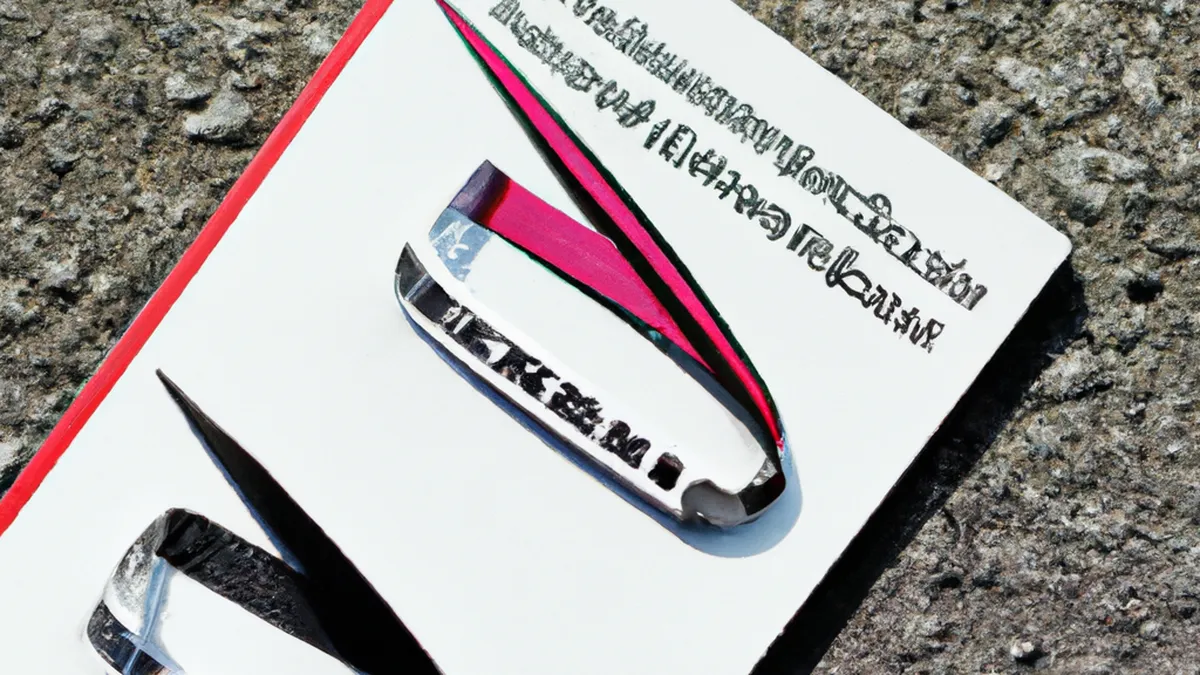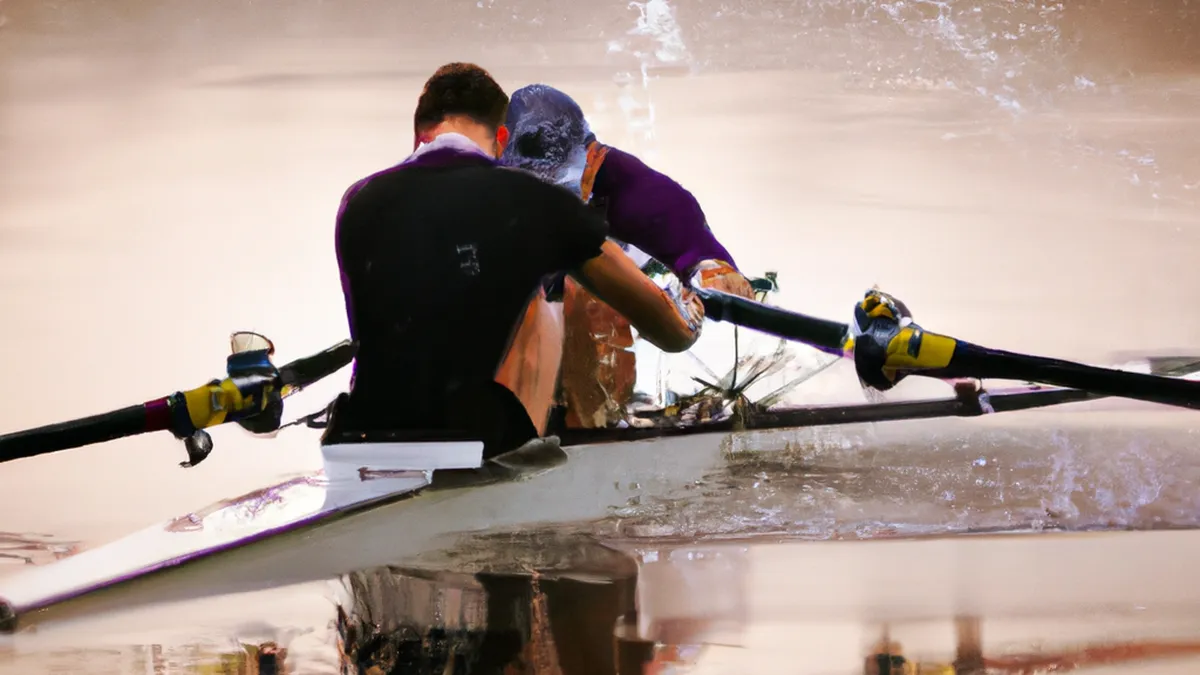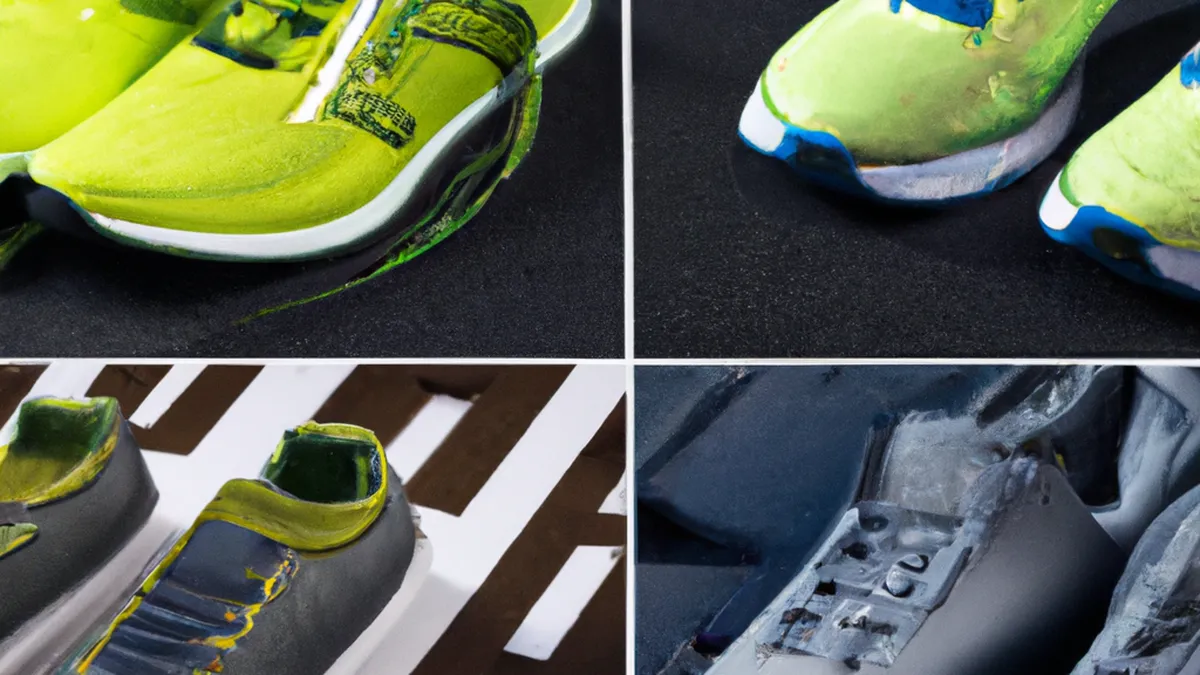Outmaneuver Competitors: Defensive Cycling Tips
Defensive Cycling in Races: Stay Safe and CompetitiveCycling races thrill riders but also pose significant risks. Tight packs, sharp turns, and high speeds challenge participants. The adrenaline rush excites competitors, but defensive cycling techniques ensure safety and performance. This blog post explores defensive cycling, shares essential tips, and highlights its benefits.
Understanding Defensive Cycling
Defensive cycling emphasizes proactive behavior. Riders anticipate hazards and make smart decisions to protect themselves and others. In races, speeds often exceed 30 miles per hour. Anticipating movements and surroundings can differentiate between success and crash.
Stay Alert
Maintain a high level of awareness. Keep your eyes on the road and watch your surroundings. Look for obstacles, terrain changes, and other cyclists’ movements. This vigilance helps you react quickly to sudden stops or unexpected potholes. A moment’s distraction can lead to severe consequences, so continuously scan your surroundings.
Maintain a Safe Distance
Keep a safe distance from the rider ahead. A small gap increases crash risks if they slow down or stop. Aim for at least one bike length between you and the next rider. This space allows you to react and provides a buffer for sudden movements. If you often brake or swerve, drop back to establish a safer distance.
Use Signals
Communication plays a vital role in races. Use hand signals to indicate turns, stops, or hazards like potholes or debris. Clear signals keep everyone informed and reduce collision chances. Practice these signals during training rides until they become second nature. A simple gesture can prevent accidents and promote safety within the cycling community.
Tips for Defensive Cycling
As an Amazon Associate I earn from qualifying purchases.
Gear tip: consider bike helmet, cycling shoes, and bike computer to support this topic.
Incorporate defensive cycling techniques to enhance your racing experience. Here are practical tips to improve your defensive skills:
Positioning Matters
Your position in the pack affects your safety and performance. Avoid riding at the front unless confident in your pace. Instead, position yourself in the middle or back of the pack. This placement improves reaction time and reduces unexpected situation risks. Being mindful of your position helps you stay upright and safe.
Anticipate Movements
Anticipate other cyclists’ movements to avoid collisions. Watch their body language and bike handling closely. Recognizing subtle cues allows you to prepare for sudden changes. This proactive approach helps maintain safety and stability.
Conclusion
Defensive cycling enhances safety and performance in races. Stay alert, maintain safe distances, and communicate effectively. Adopting these techniques can improve your racing experience and foster a culture of safety.
Below are related products based on this post:
FAQ
What is defensive cycling?
Defensive cycling is a proactive approach that emphasizes anticipating hazards and making smart decisions to protect oneself and others during cycling races. It involves staying alert and aware of the surroundings, which can help differentiate between success and potential crashes.
Why is maintaining a safe distance important in cycling races?
Maintaining a safe distance from the rider ahead is crucial to reduce crash risks, especially if they slow down or stop suddenly. A gap of at least one bike length allows for quicker reactions and provides a buffer for unexpected movements, enhancing overall safety.
How can communication improve safety in cycling races?
Communication through hand signals is vital in cycling races as it informs other riders of turns, stops, or hazards like potholes. Practicing clear signals during training helps ensure they become second nature, which can significantly reduce the chances of collisions and promote safety within the cycling community.















Post Comment